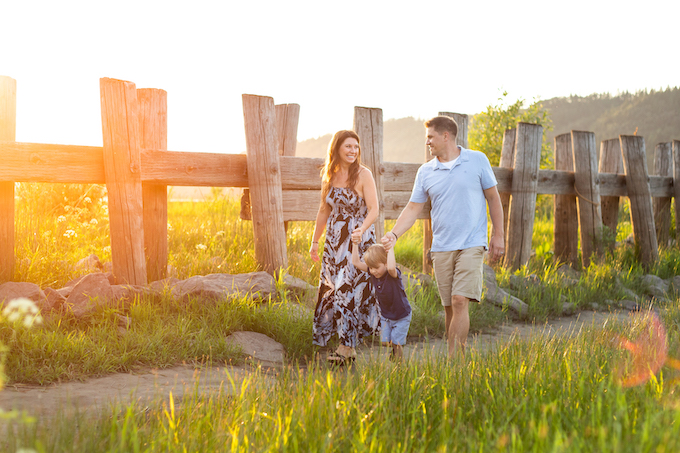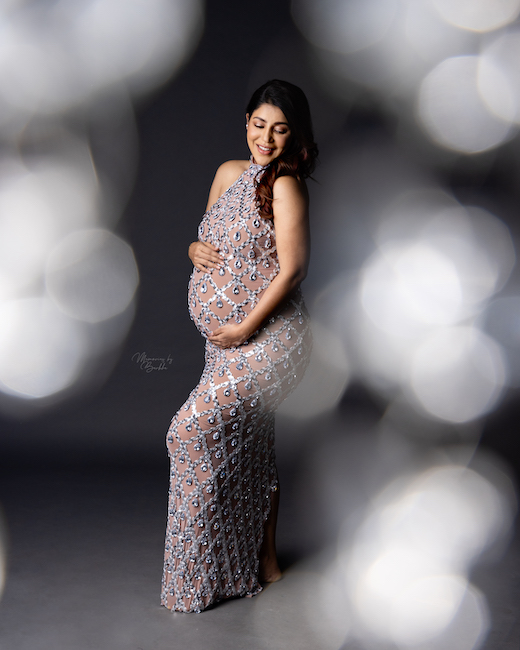Maternity + Family
Finding the Family Resemblance
June 5, 2017
Eric Mueller is particularly interested in family resemblances—a little more than your average person might be. “When you’re an adoptee,” as this Minneapolis photographer is, he says, “it’s something you crave. You want a physical manifestation of the love you feel for your family.” Some years ago when he tracked down a photo of his birth mother, Mueller was so taken by the resemblance he shared with her that he couldn’t help but burst into tears. That moment spurred “Family Resemblance,” a no-frills documentary project begun last August that captures genetics in all their beautiful and occasionally amusing forms.
Starting with two of his oldest friends, brothers, Mueller posted the photos he shot in his studio on Facebook and delighted in the requests that poured in. He decided on a straightforward approach: Wearing white in front of a white background, subjects are asked to sit in specific poses to highlight their physical similarities, as well as play around together to observe their matching mannerisms. “Often the photos where the volunteers come up with the pose is the strongest,” Mueller attests. “I had two rosy-cheeked brothers who, when I asked if there was anything they wanted to do, replied, ‘We want to choke each other like Bart Simpson.’ For that photo, which is one of my favorites, I was just along for the ride.”
Mueller couples his Sony a7R II camera with either a 55mm or 85mm lens, and he uses Profoto lights: two gridded ones to shine on the background and a big Octabox as the key light.
“I use the lights at a very high setting so that I can shoot at f/10 and not worry about people moving in and out of focus,” says Mueller, who keeps his editing in post at a bare minimum so as not to compromise the essence of the project. “Because most of the volunteers haven’t spent much time in front of a camera, they tend to move around a lot, so I have to have deep focus to allow for that.”
After the 20-minute sessions, free prints are handed to the participants—who nowadays (for the most part) are people that Mueller’s meeting for the first time. “Every time I open up time slots for shooting, they fill up within a day,” says the photographer, who hopes to turn the project into a book and exhibition once he reaches a “critical mass” (he’s got 75 groups and counting). Until then, you can find Mueller in his studio.
Related: Shaking Up the Traditional Family Portrait
Shaping Light for Black-and-White Family Shoots





